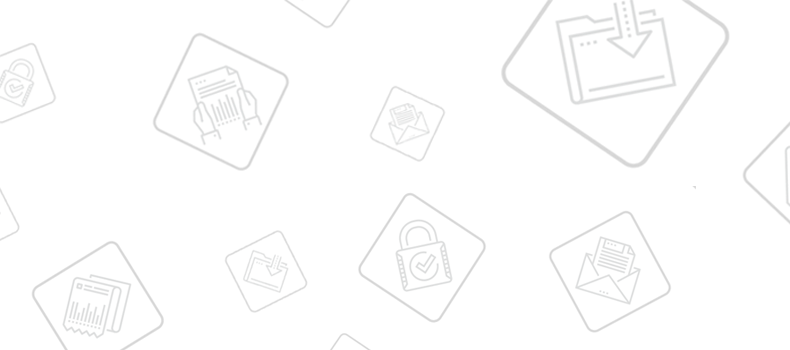Stay up to date with our latest news and insights
Supporting description on the types of content that feature in the blog.

It’s two months since the GDPR came into effect, and now the initial flurry of privacy policy-related activity has subsided, businesses can start to think long-term about data protection.
Content management is one area that should provide greater control, insight and assistance in achieving regulatory compliance - but only if the following four elements are taken into account.

Content management platforms should offer the ability to capture, store and retrieve data by indexing the most important information.
Manually storing and rifling through physical documents whenever you need to refer to customer-related information isn’t GDPR-friendly, and will almost certainly result in lost data.
Content management systems will help you steer clear of hands-on processes like this.
If you store customer records in physical form, how do you know when it’s time to destroy them in order to remain compliant with data protection regulations?
Digital content management works from rules by collection or document type that adhere to GDPR deletion principles such as recurring and ad-hoc deletion.
With automated content retention, your business can rest safe in the knowledge that personal data is destroyed when it should be and without the need for any human intervention.
Content can only be protected if it’s catalogued in accordance with the GDPR’s rules.
When you capture, index and store information, your content management system should map the data against the conditions listed in the GDPR, and offer multiple levels of user access.
This must extend to mobile apps, too, and include data-in-use encryption to ensure the information you store is secure, no matter where it’s being accessed or on what type of device.
A significant element of the GDPR relates to data owner requests; if someone wants to see a log of all the information you hold about them, you need to deliver within one month.
The ICO calls this the ‘right of access’, and modern content management platforms provide a structure for managing the procedures and policies needed to respond to data owner requests.
This includes rapid retrieval of the records in question, and the ability to respond to requests for updates on stored personal data by classifying content conveniently and providing role-based access for your team.
Before you invest in content management, use the four elements above to find a platform that will give you the functionally you need while supporting your GDPR efforts.
Supporting description on the types of content that feature in the blog.

20-09-2024
Digital document management tools offer a range of compelling benefits for businesses, including a PDF editor, a file converter and a form generator. You can also integrate with digital signatures qui...

20-09-2024
When choosing a SaaS software to deal with your company’s PDF documents and enable forms to be digitally sent and signed, you’ll want a product that’s user-friendly and easy to use. With Tungsten’s Po...

11-07-2024
Belkin is a global technology company that provides high-quality electronics products, from wireless chargers to power banks. Their people-centric approach and best-in-class functionality have positio...